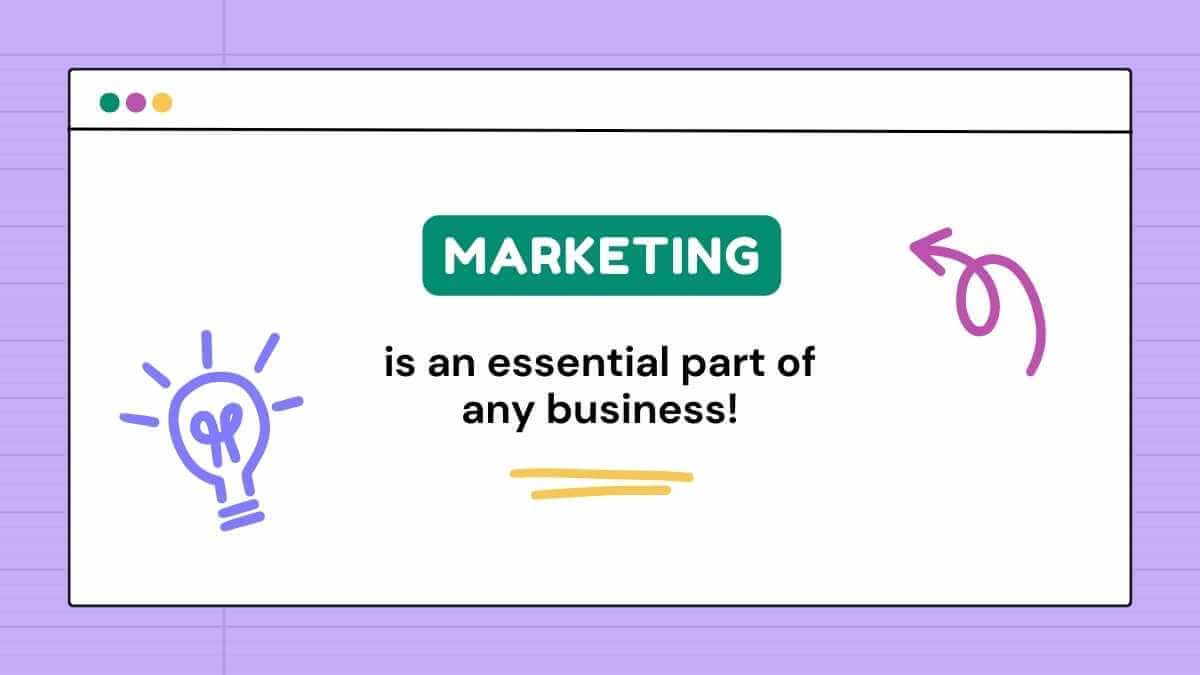
Finally, we said goodbye to 2020 and full of hopes and new plans and expectations we are entering to 2021 with its predictions in marketing, advertising, and mobile.
“The old rules no longer apply: Cookies are going away, commerce has exploded, and consumer expectations are driving the industry towards new future proofing opportunities and structures. In order for brands to succeed in a platform world, they must be digitally resilient, have identity systems to provide personalization at scale and have the infrastructure set up to deliver relevant and meaningful experiences. When brands progress in these areas, they can create long-term consumer value and maintain a competitive advantage that will last far beyond any crisis life-cycle.”
Tim Jones, CEO, Publicis Media Americas
Mobile Trends in 2021
The pandemic of COVID-19 had its awful effect not only on people all over the world but also on the world economy, including online and offline businesses. Beside 2020 already has approved that predicting the future is becomes challenging. Nevertheless, there are trends and themes that will work in 2021. Let’s look through the most important ones.
Growth of M-commerce
During the coronavirus pandemic, when all shopping centers were closed, people used their mobile phones as the major way to make purchases. So, it is expected that smartphones will be the most popular device for online shopping in 2021 as well. We should state that the use of grocery shopping apps has been increased up to 200%.
Voice control and voice search is increasing
Based on Apple, people unlock their smartphones about 80 times per day. For the situation of coronavirus, users try to avoid touching their smartphones so often. And that’s why voice control on smartphones is becoming more popular. Hence, the voice search optimization is rather often integrated into user acquisition and mobile app optimization strategies.
Mobile ad engagement still rises
According to Mobile Marketer, the engagement for mobile ads has risen 15% over the past few months.
Although the mobile app market had unprecedented growth during the COVID-19 pandemic and thanks to these publishers can now spend less on advertising, mobile ad engagement is still actual.
Ads automation
While mobile publishers focus on conforming their apps to the user needs, they need help with effective mobile ads to meet target KPIs, like CPA or ROAS. And this is done thanks to ads automation.
“I am mostly excited about going a bit more in automation. For instance, finding ways to test new audiences, placements and geographic locations at scale and automating the launch of new campaigns based on the best settings. Also, for creatives: I look forward to working on tools to automate ad variation at scale.”
Growth Marketing Manager at Oh Bibi
Mobile Ad Platforms in 2021
Did you know that mobile ads represent 72% of all U.S. digital ad spending? Today, there are a variety of ads platforms with its pros and cons. Here are the top mobile ad platforms for 2021:
Google AdMob
Google AdMob is the most common mobile ad network integrating high-performing ad formats, native ads, banner ads, video, and interstitial ads into mobile apps. It is the biggest player in the market and shows over 40 billion mobile ads per month. The platform offers strong analytics to help publishers harvest insights regarding their ad performance.
Facebook Ads
With over 1 billion users, Facebook has used all massive resources to build up a robust ad network. Facebook Ads offer progressive tools, support, and valuable insights to provide ad revenue. Facebook Ads offers a highly user-centered targeting, thus enabling publishers to target based the users’ interests, behaviors, demographics and more.
InMobi
The InMobi platform offers its publishers to increase their ad earnings with unified auction solutions and header bidding. InMobi enables another way of targeting users known as “Appographic targeting”, which analyzes the user’s previous and existing applications and not their traditional demographics. If a user is known to book flights via an app, then corresponding ads about hotels and tourism will be shown.
“Time spent using mobile apps rose to new heights in 2020, and apps will likely be even more popular in 2021. After all, Americans have been spending more time looking at their mobile device screens than they’ve spent watching TV since 2019, according to eMarketer. For media and entertainment companies (and really all advertisers), it’s critical to reach their target audience where they are: using mobile apps. Savvy marketers will increasingly leverage mobile in-app advertising in the coming months, taking advantage of its viewability, addressability and scale, among other benefits.”
Abhay Singhal, co-founder and CEO, InMobi
Unity Ads
Unity Ads supports iOS and Android mobile platforms and offers a variety of ad formats. One of the major features is the ability to advertise In-App Purchases displayed in videos to players. It enables to focus on players that are interested in playing particular games based on their gameplay downloads and habits. Many of the leading mobile game companies use Unity Ads as their ad platform.
Trending Apps for Mobile Ads
Mobile app continues to be the backbone for mobile advertising, and in 2021 the following mobile app will be the bulk of traction takes place.
- Mobile Games
- Apps for Work from Home
- Health and Fitness Apps
- Social Media, Photo & Video Apps
- Food Delivery Apps
- Apps like FaceTime
By 2021 only in the US, the gross consumption of in-app advertising is expected to reach $201 billion. And if we combine that number with mobile app store advertising, it makes $340 billion spent on mobile ads. That’s more than 2.5x higher than 2016.

To summarize the topic let’s listen to a podcast where eMarketer principal analyst at Insider Intelligence Yoram Wurmser and host Nicole Perrin are discussing why despite this year’s blip, mobile ad monetization is on a better trajectory than before, and what the future holds for contextual in-app advertising.













